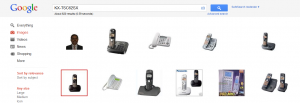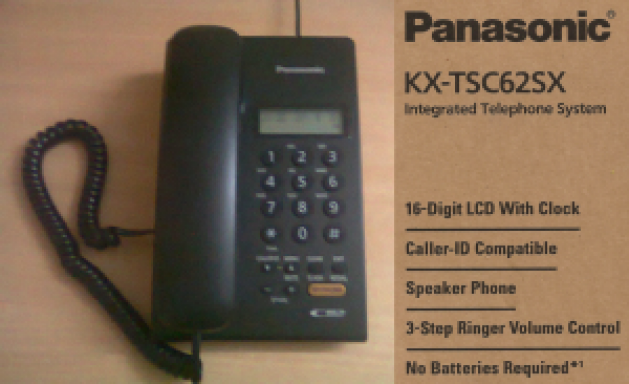
I recently bought the latest Panasonic KX-TSC62SX corded telephone. In a recent blog post on pricing models, I was planning to use this phone to illustrate a certain point. While I could have always photographed the handset at home, I thought it might be easier to source a picture via Google Images.
When I went there and searched, I couldn’t find a single picture of this phone for as long as I scrolled. Since Google Images uses jQuery Infinite Scroll, you can never be sure how long it’d take to reach the end of the page.
On the other hand, I was shocked to find my own mug shot appearing as the first image!
 When I clicked on the image, it took me to Twitter and displayed my recent tweet about this phone. Google Images must have treated the text of my tweet – including the phone’s model number – as tags for my Twitter profile picture, which is how it might have decided to display my picture in its results (Full Disclosure: Apart from being a proud owner of this phone, I’ve no relationship with it or its manufacturer).
When I clicked on the image, it took me to Twitter and displayed my recent tweet about this phone. Google Images must have treated the text of my tweet – including the phone’s model number – as tags for my Twitter profile picture, which is how it might have decided to display my picture in its results (Full Disclosure: Apart from being a proud owner of this phone, I’ve no relationship with it or its manufacturer).
Unlike TinEye which searches for images using images, I’m aware that Google Images searches for images based on textual keyword tags. To that extent, I wouldn’t have been surprised to find my picture appearing somewhere deep down in the search engine results page. But it was surely strange – yet familiar – to see it at the #1 position!

Pingback: Speed Up Your Outlook Search With These Shortcuts | GTM360 Blog